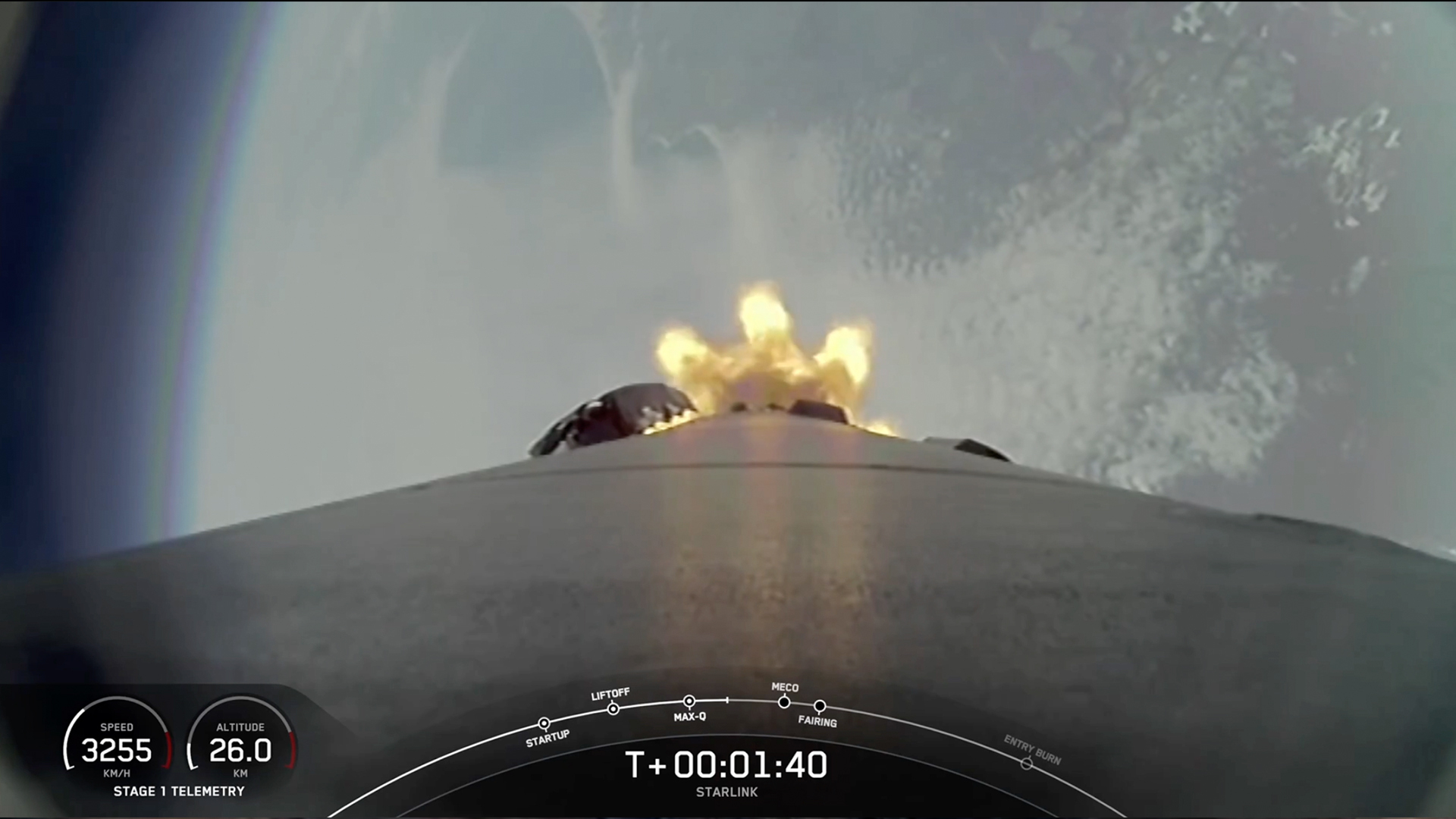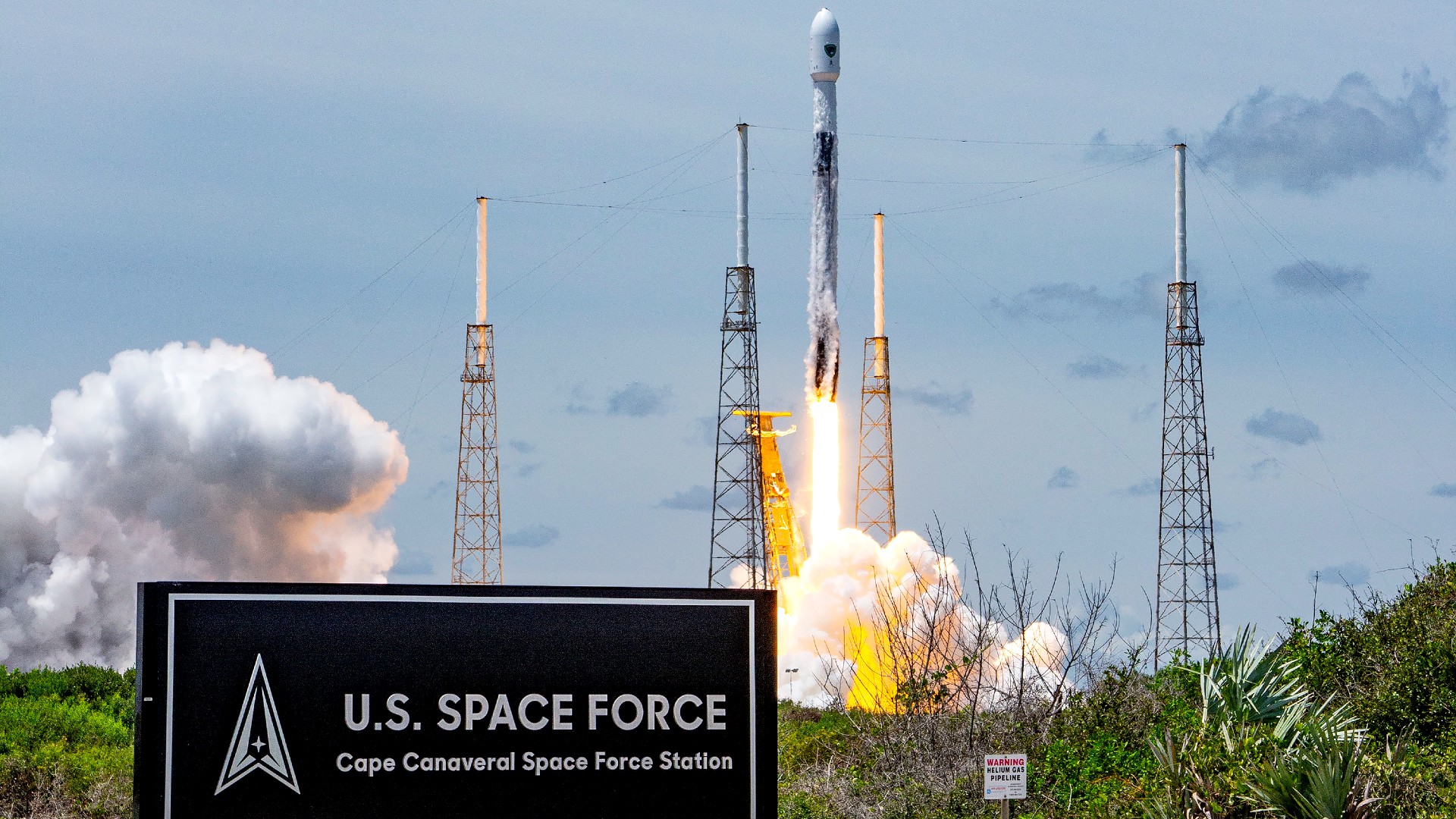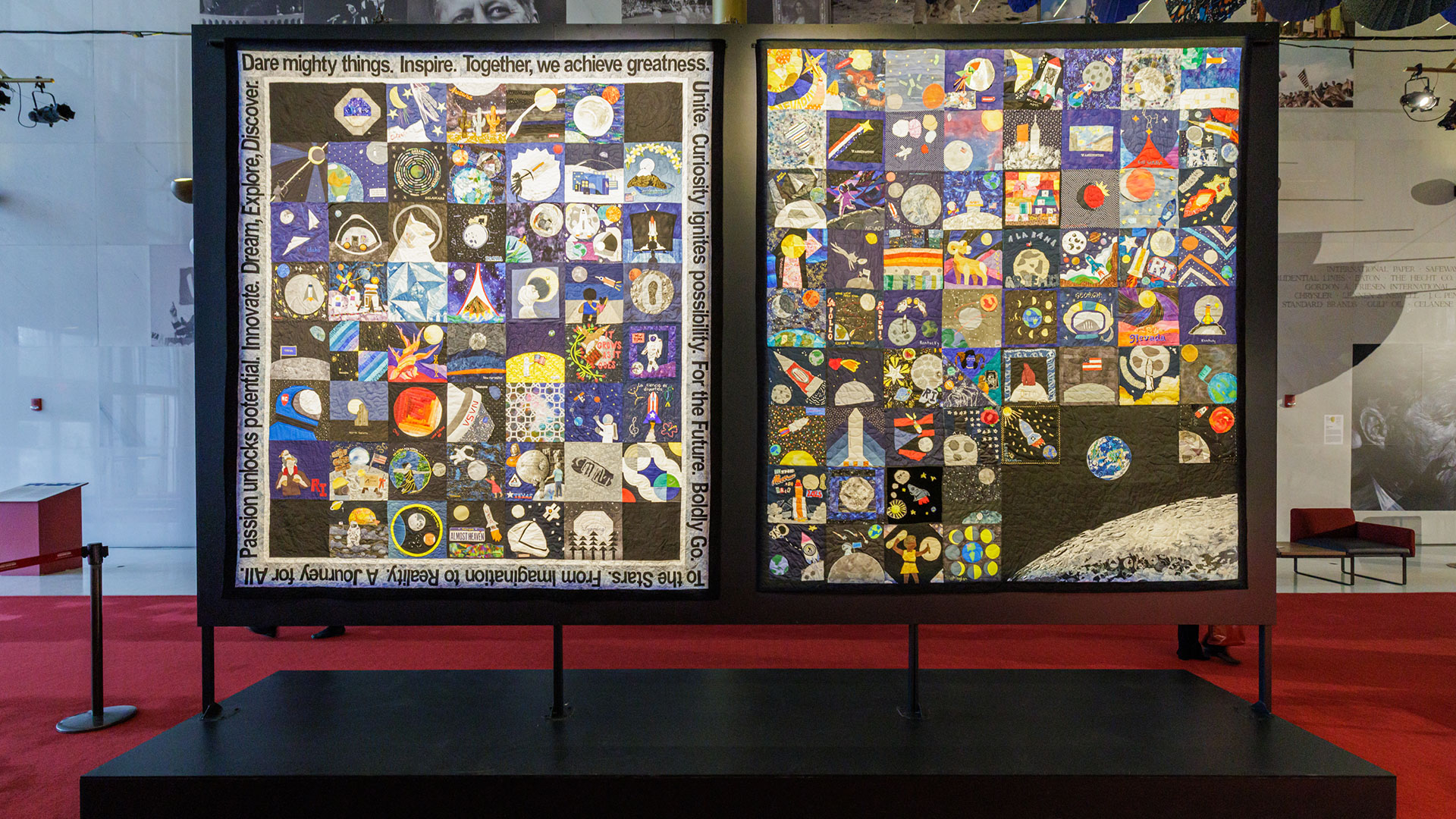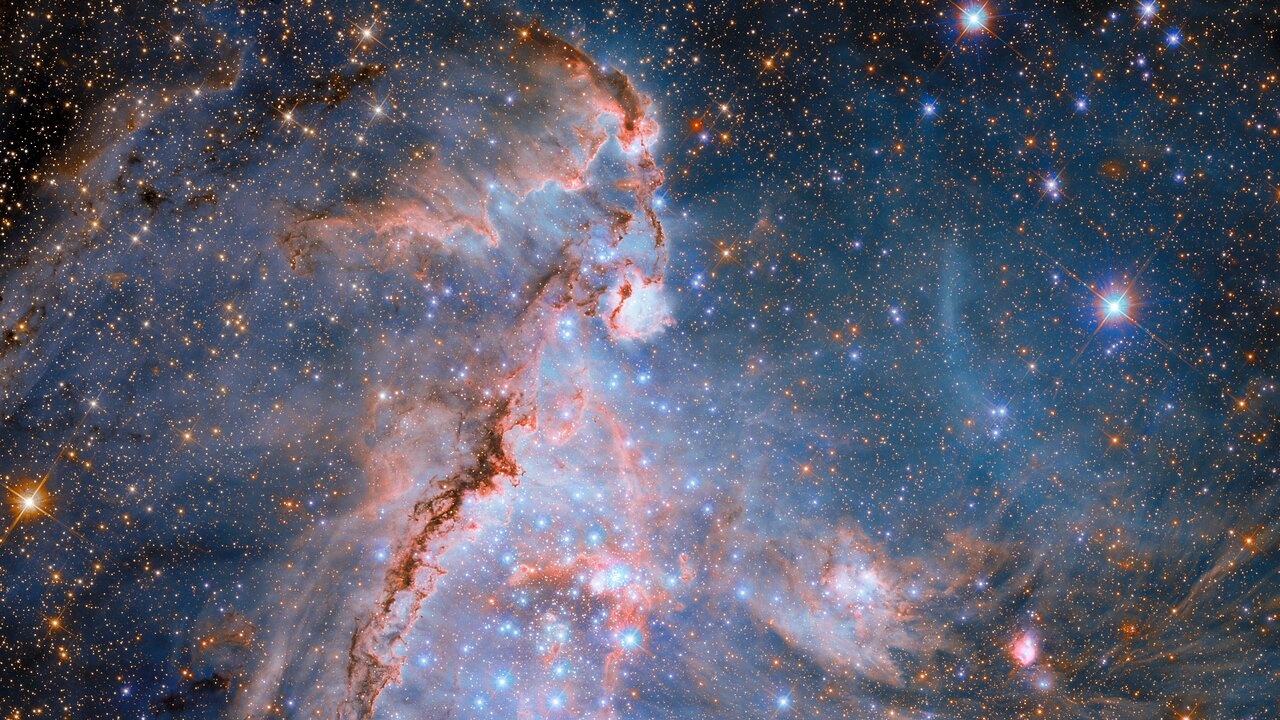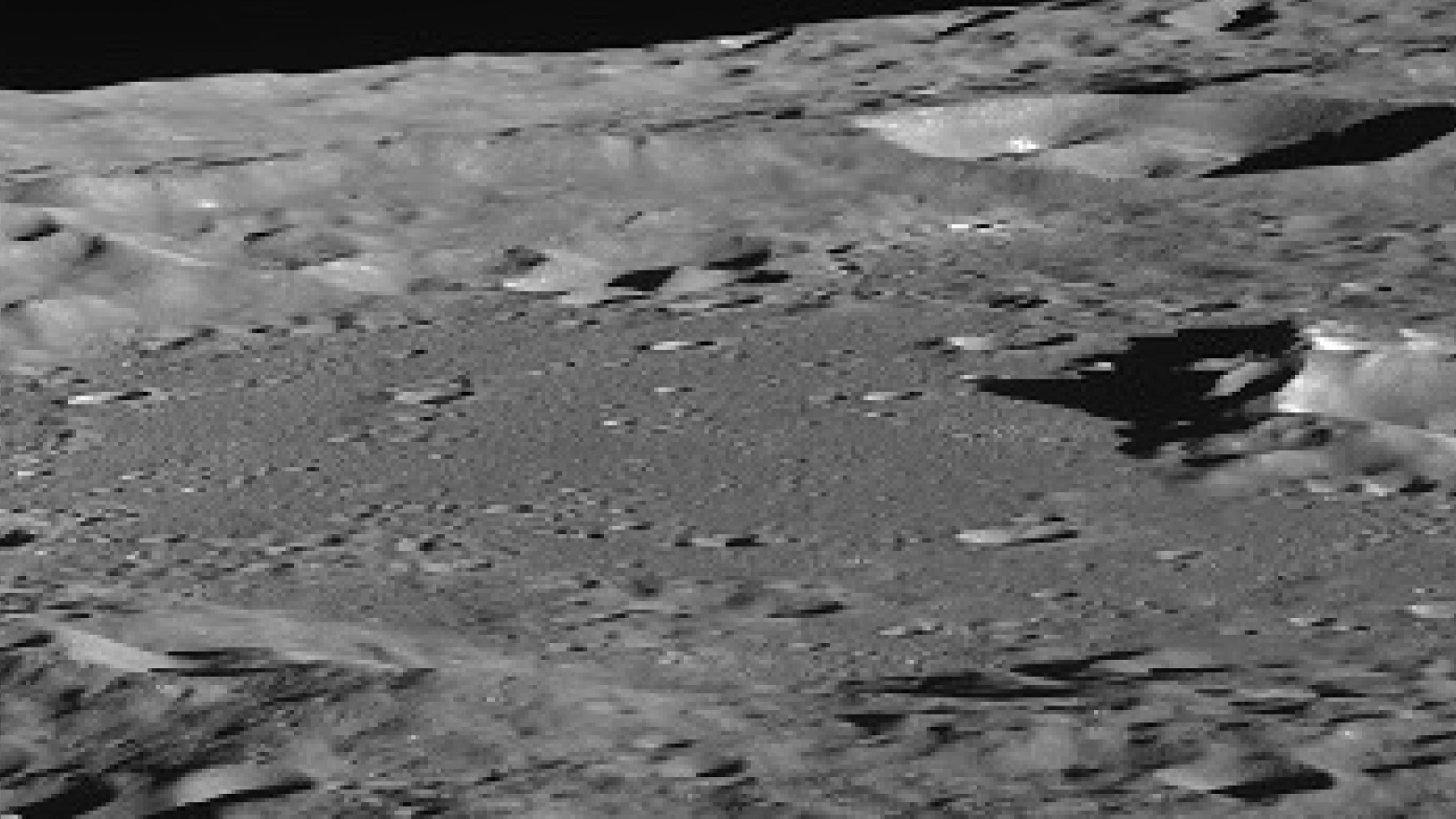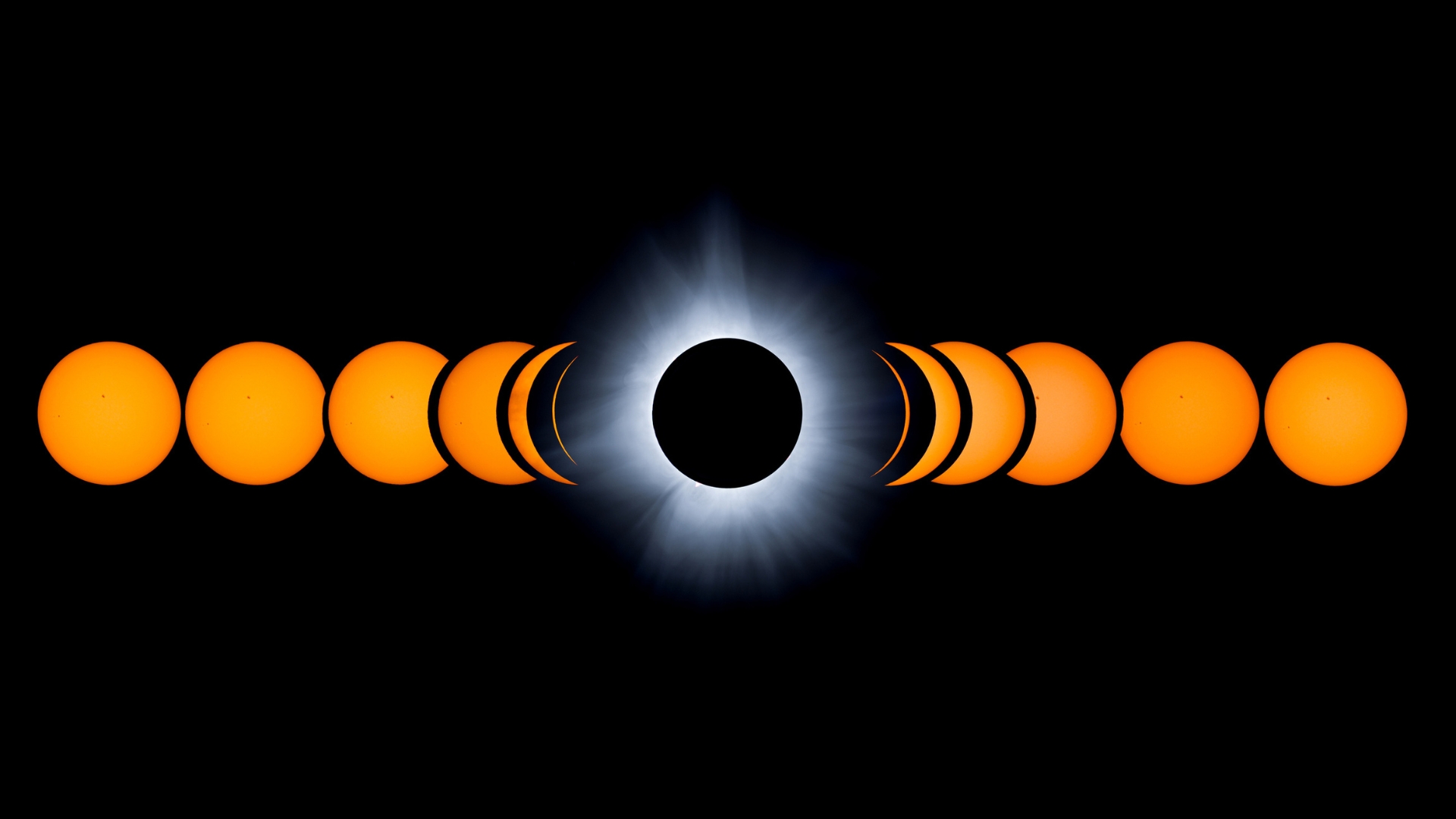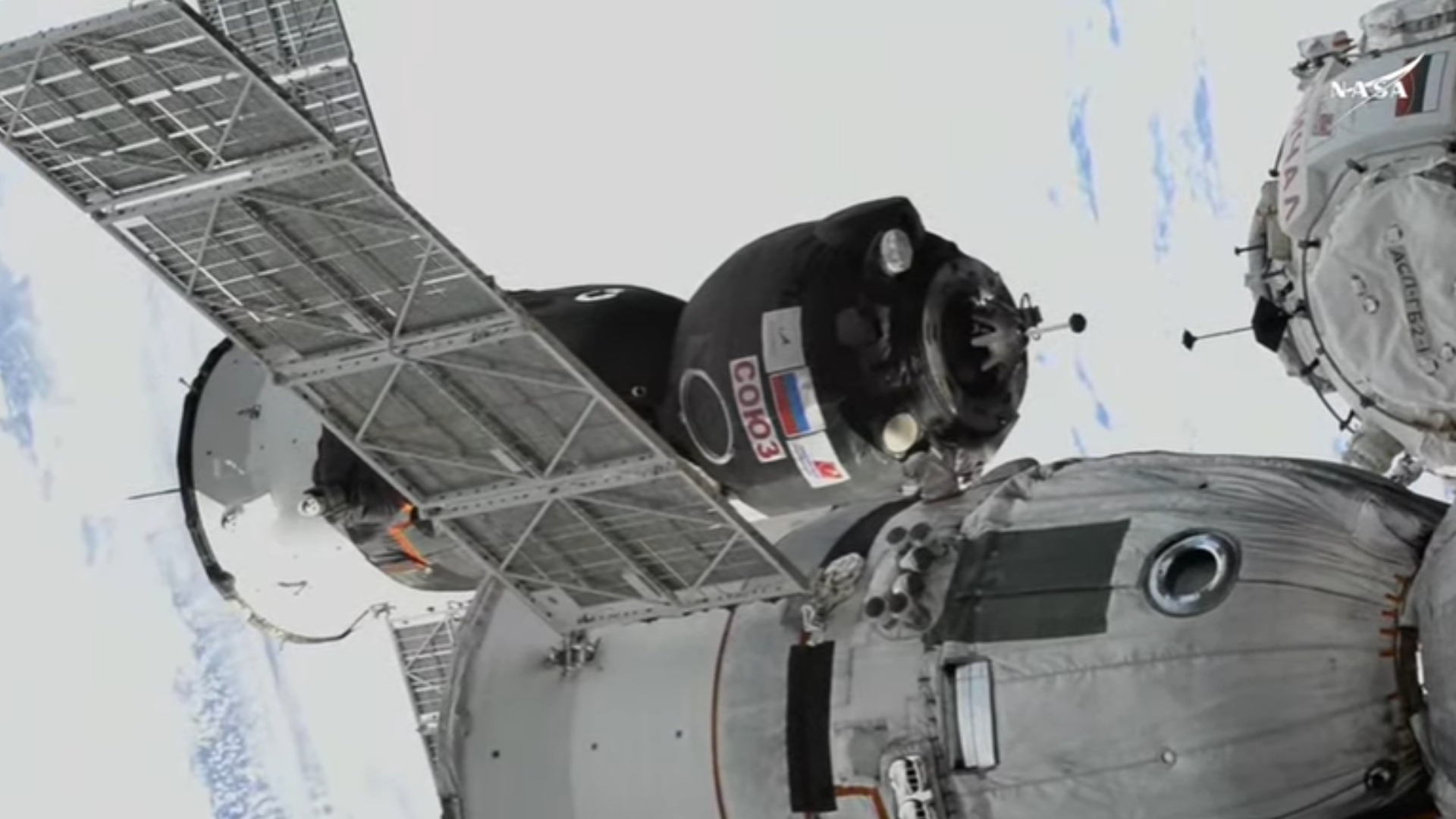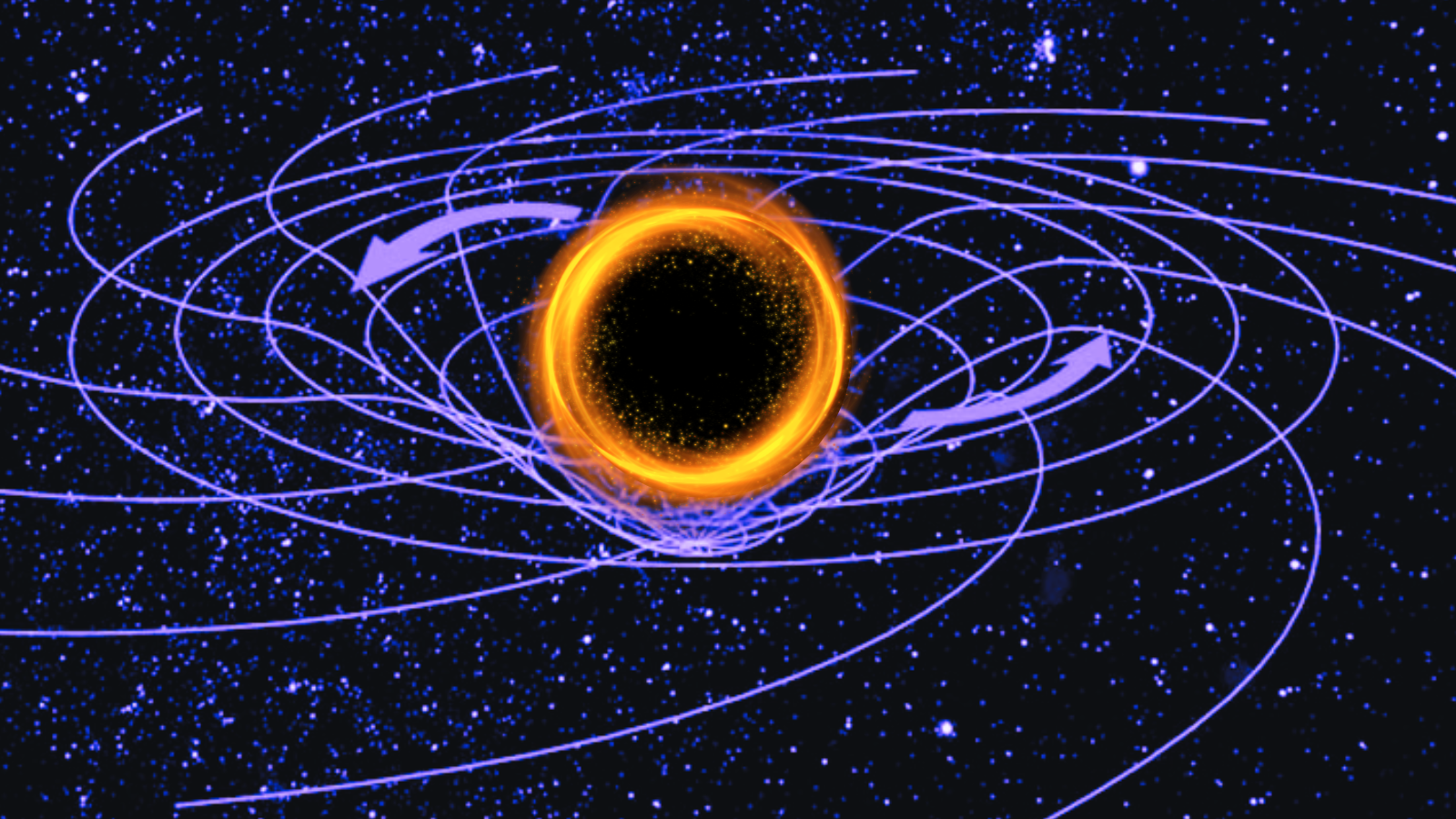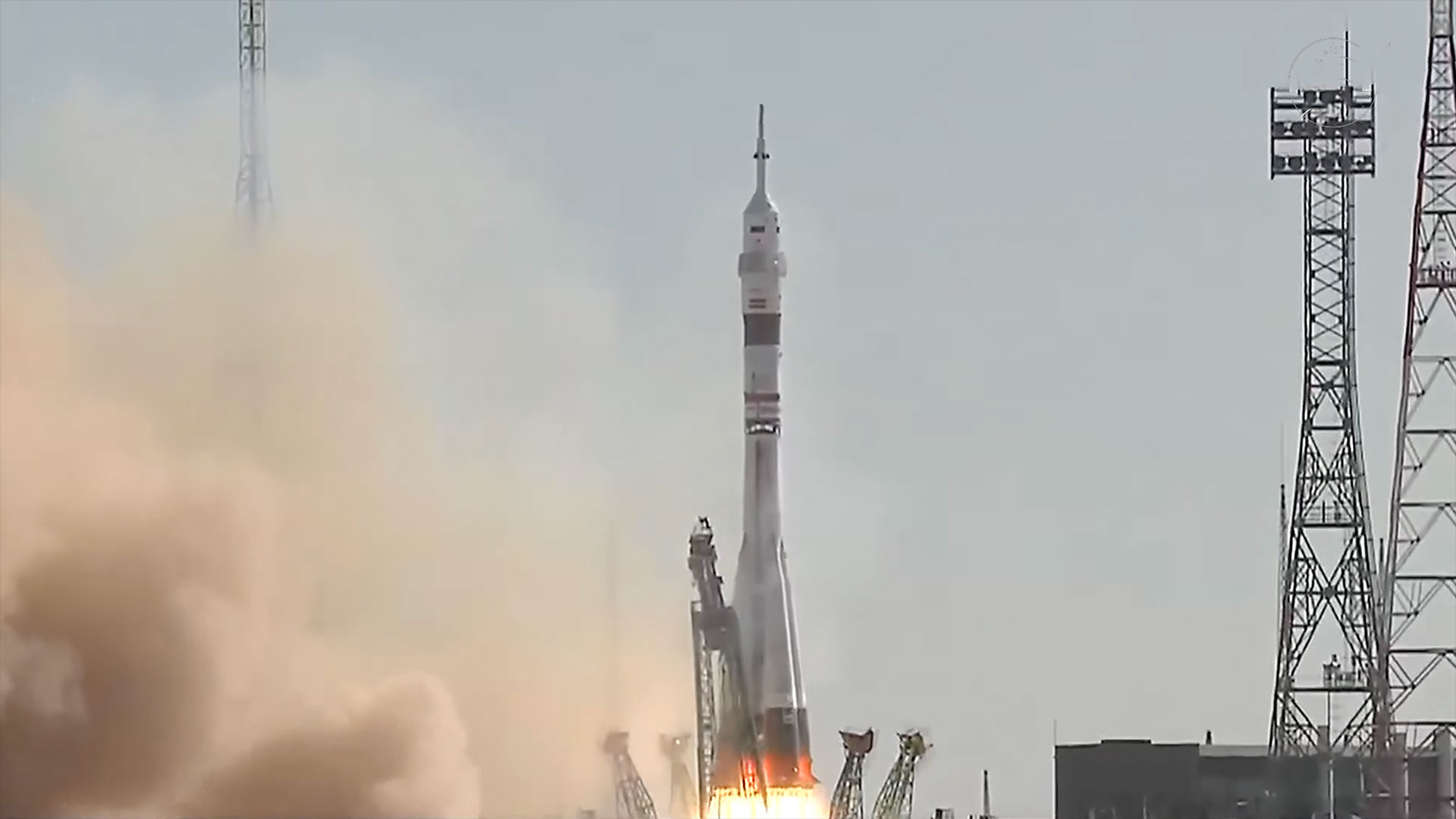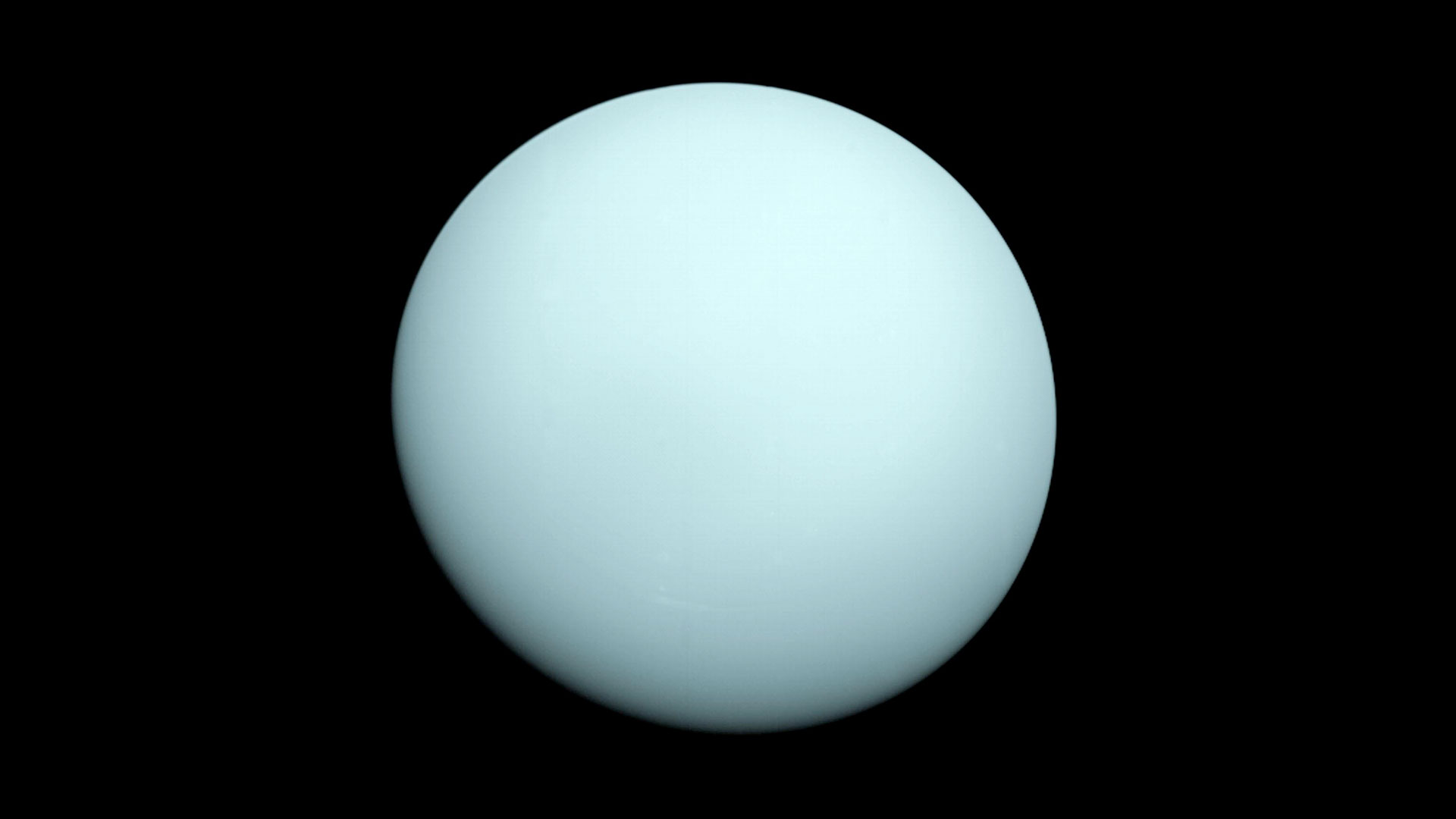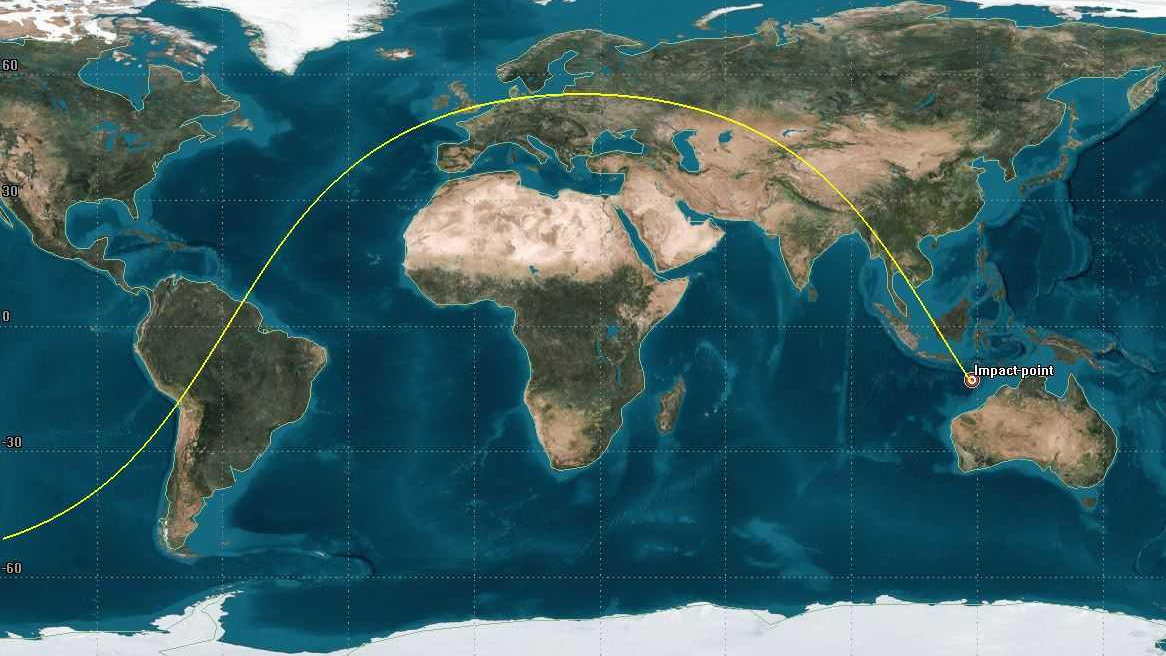On the Scene: NASA's Huge Rocket Test
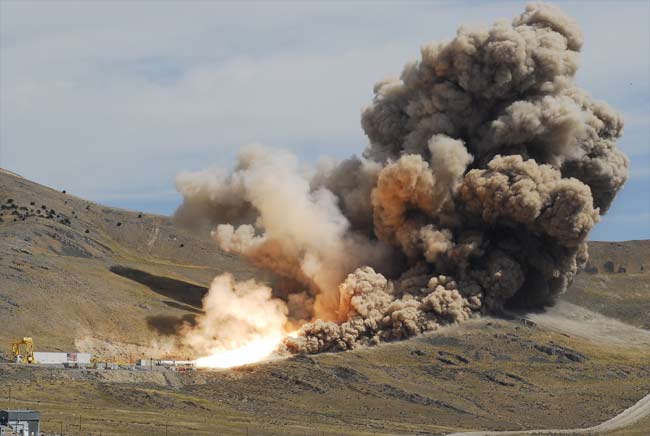
PROMONTORY, UTAH – After two previous cancellations of debut engine tests of NASA's new Ares I rocket, there was a bit of trepidation among the spectators near the ATK Space Systems test facility in Promontory Point, Utah.
On Thursday afternoon, ATK successfully test fired the Ares I rocket's first stage, a giant solid-fueled booster, that will be used to launch astronauts on NASA's Orion spacecraft no earlier than 2015. We were on location to witness the high tech fireworks show [SEE VIDEO], $75 million in the making. And while the price tag might be a bit daunting, the spectacle of the test-firing and the magnitude of the Ares project were truly breathtaking.
Hours before the 154–foot (47-meter) tube filled with rocket fuel was ignited, enthusiastic spectators began arriving and setting up canopies and camping chairs near a marquee showing the minutes and seconds before "launch." As the countdown approached 10 minutes, there was a palpable excitement in the air. Apart from a few aviation fanatics and ATK employees in the crowd, most of the group looked to be curious amateurs unsure of what to expect from the mammoth rocket booster.
By T-minus 10 seconds everyone was anxiously looking toward the horizontally-mounted rocket in the distance, counting down to zero in unison.
A blinding plume of white flame issued from the nozzle of the first-stage test booster and immediately stirred up massive cloud of exhaust and dust. It took a few seconds for the deep roar of the burning rocket fuel to catch up with the visual image of the inferno blasting into the sand and rock hillside.
The engine burned for just over 2 minutes – the same amount of time it will take the rocket to exit Earth's atmosphere. ATK and NASA scientists were monitoring 650 sensors with the aim of using the data gathered to optimize the vehicle for safety and efficiency.
In contrast to previous launch vehicles, the Ares I's first-stage booster burns longer and produces more thrust. The motor can produce 3.6 million pounds of thrust – 25 percent more than the twin solid-rocket boosters used on NASA's space shuttles. The shuttle rockets use four-segment, solid-rocket fuel engines. The Ares I's increased power comes from the addition of a fifth segment. The new five-segment configuration of the Ares I's first stage booster is also significantly more efficient than those of the space shuttle program.
Get the Space.com Newsletter
Breaking space news, the latest updates on rocket launches, skywatching events and more!
The Ares I booster, while using new technology, also makes use of old space shuttle components. The test booster's segment casing is a refurbished case from previous shuttle launches. When the first launch test is conducted, planned for later in the year, some of the Ares I's booster casings will have made the trip toward orbit more than 45 times. Like space shuttle boosters the Ares I's first stage has parachutes to ensure it can be recovered at sea with minimal damage.
While reusing shuttle booster cases is mindful of the environment, it also saves NASA much needed cash. In the midst of economic hardships, the future of NASA's Orion project is less than secure due to funding woes. NASA is hoping to launch a manned Ares I-propelled Orion mission in 2015, but without additional funding missions could be seriously delayed. Budget hangups aside, public support for the Ares project was certainly strong amidst onlookers in the Utah desert.
For the meantime, scientists and engineers are applying data collected from the test firing of the Ares I's first stage booster to ensure a smooth test launch later in the year. NASA currently plans to launch a test flight of the Ares I on Oct. 31.
- Video - See the Sept. 10, 2009 Test
The article was provided to SPACE.com by TopTenReviews.com. It has been corrected to indicate that the five-segment booster is a solid-fueled engine only.
Join our Space Forums to keep talking space on the latest missions, night sky and more! And if you have a news tip, correction or comment, let us know at: community@space.com.
